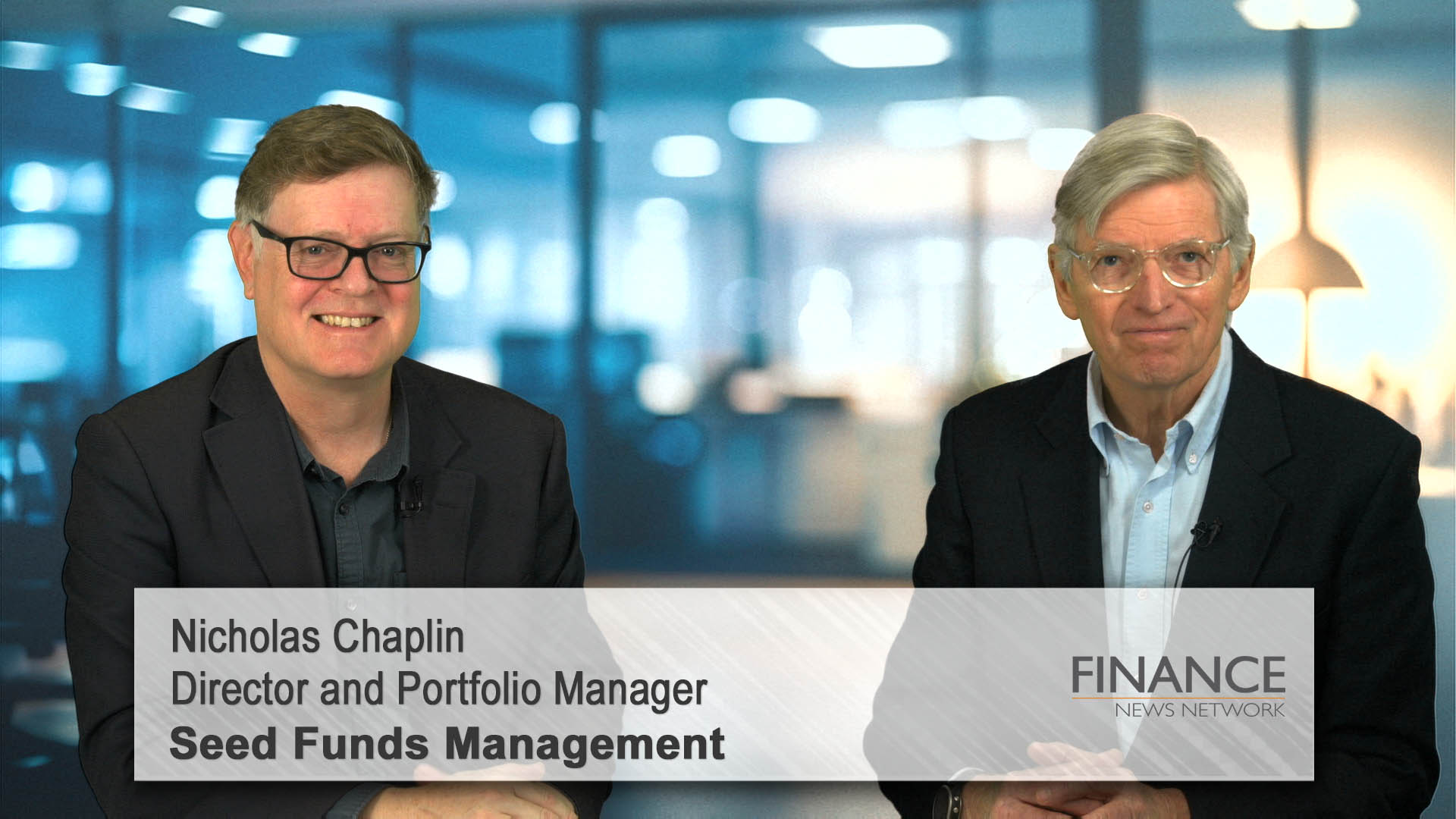Key takeaways
- The extent to which inflation, rising interest rates and supply chain issues ultimately impact global growth will depend largely on how the Russia-Ukraine situation evolves.
- At the same time, investment in themes supportive of growth, such as decarbonization and digitization, may actually accelerate amid the conflict.
- Dividends have formed an important part of returns during past periods of uncertainty. We are seeing indications of a rotation toward income stocks and will watch to see if this theme gathers momentum.
What are the key takeaways as you see them from the first quarter?
The first three months of the year have seen much to unsettle markets and geopolitics. One important takeaway for investors is that supply chain issues appear set to continue. Shortages of parts and raw materials mean that investments in these areas and additional capacity are more necessary than ever. The COVID pandemic initially highlighted the vulnerability of supply chains, and the tragic events now unfolding with Russia’s invasion of Ukraine are placing further emphasis on the issue. From a company and a global trade perspective, this is likely to require meaningful investment aimed at diversifying sources of materials and supply, potentially with moves toward onshoring.
There has also been a reassessment of inflation levels. The bond market in particular is clearly set to reevaluate how long inflation will stay high and how central bankers will react. At the same time, the quarter saw a significant rotation within the market, with previous strong performers giving way to large areas such as the resources sector, which is benefiting from strength in prices, and that provided some stability to top-level numbers as we go through this transition period.
How do you see the risks of inflation and geopolitics evolving over the rest of the year?
Geopolitical risks are always extremely difficult to forecast. In our view, one of the best approaches investors can take in this type of environment is to be diversified and try to avoid making binary bets around what might or might not happen. As the situation develops, we are likely to find that most companies – particularly large blue chip listed companies – are more resilient than people might expect. Most of these companies have strong balance sheets, and in many cases, have well-diversified revenues from all over the world.
In terms of interest rates, it will likely depend primarily on the Russia/Ukraine conflict. The longer it continues, the longer supply chain issues will persist and natural resources prices such as oil and gas will remain elevated, all of which ultimately leads to a greater impact on global growth. Most people believe that if things were to de-escalate, some of the economic damage would reverse quite quickly. But the key thing for investors to watch is how long this will continue and what the end resolution will look like.
Are there reasons for optimism at a corporate level?
Looking outside the immediate impact of what’s going on in Eastern Europe, I would expect a continuation of what we were seeing two or three months ago, with growth and capital expenditures broadening out from areas that were quite narrow during the early stages of COVID, such as stay-at-home beneficiaries.
We are also seeing an increased drive toward decarbonization, something that has been reinforced by the Ukraine conflict. This is likely to lead to further investment in areas related to reducing fossil fuel consumption. However, at the same time we are seeing increased investment in some areas of fossil fuel extraction. With higher prices and the increased concerns around security of supply, in the next five or 10 years we will likely see increased investment in areas where this has been missing for some time.
Lastly, with inflation being high, companies will likely look for productivity gains, which will likely lead toward digitization and automation. Digitization has also been moving into different areas of supply chains and the industrial complex. This can drive more spending and may be beneficial for companies in terms of innovation and productivity gains.
The Russia-Ukraine conflict is unlikely to stop any of these trends, and in many cases, it may actually accelerate them. Furthermore, I think we may see government policies introduced that would continue to stimulate investment in some of these interesting areas.
Is the focus on dividends and income investing suitable to the conditions expected for the remainder of 2022?
In many cases, dividend investing is focused on sustainability of cash flows. Companies that can afford to pay dividends often have good profitability and strong balance sheets, something that provides support through periods of uncertainty.
During past periods of rising inflation and rising interest rates, equity valuations have often begun to stagnate or even decline in terms of P/E (price-to-earnings) ratios. During these periods, dividends have formed an important part of returns as investors are “paid to wait” for more supportive conditions for equities more broadly. With valuations of income stocks still relatively low versus the market, we are seeing some indications of a rotation toward these value companies. With current conditions making forecasts so difficult, we will watch with interest to see if this is a theme that gathers momentum.













